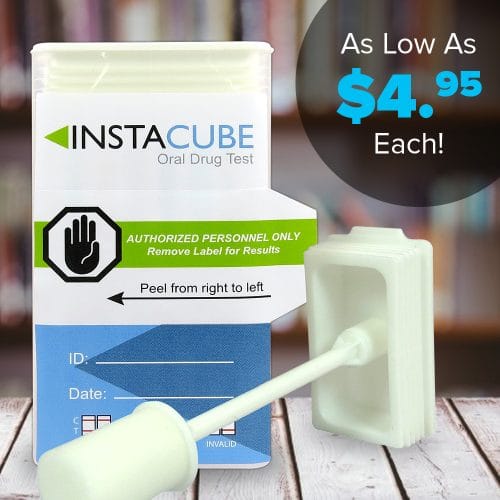Drug usage is often considered to be a problem solely among the unemployed: that is, among people that employers don’t need to worry about. But data from the 2010 National Survey on Drug Use and Health revealed that two-thirds of all drug users over the age of 18 were in work. Because of this, you might expect that the vast majority of private employers would implement drug screening programs, but this isn’t the case.
According to the data, around two-fifths of employers don’t bother screening applicants for drugs. In addition to this, more than 64 percent don’t have an ongoing screening program for existing employees.
Ready to order or have questions? DrugTestsInBulk.Com has a professional staff ready to answer your questions and to help you place your order today. Call us today at 866.461.7806. Ask us about our special pricing and how you can sign up to receive our newsletter and product promotions. Call Today!
What’s surprising about this is that drug testing has a number of significant financial benefits, over and above the cost of testing. In a sense, investing in drug testing is a good way to get a return on a company’s investable funds, yet many companies choose to ignore the potential savings and miss out. According to a Society for Human Resource Management study, the cost of drug testing an employee is typically less than $40, meaning that the benefits are likely to far outweigh the costs.
The following are some of the risks that employers can mitigate through regular drug screening.
Risk 1: High Worker Turnover
A major issue for employers, in general, is high worker turnover. The cost of replacing workers can sometimes be as high as an entire year’s worth of salary for the position in question, especially if it is a well-paid role. Data from the Substance Abuse and Mental Health Services Administration suggests that substance abusers are more than three times as likely to change jobs in any given year than non-drug users, potentially leading to higher search and recruitment costs for companies. Drug screening, therefore, can help to reduce long-term HR costs by eliminating the people most likely to switch jobs.
Risk 2: Lower Productivity
Research suggests that people who use illegal drugs on a regular basis are also less productivity and that their work is of lower quality. This, in turn, ends up costing companies millions in additional payroll expenses with no extra work done. The Office of National Drug Control Policy has found that drug users are around 33 percent less productive than their non-drug-using colleagues. Companies that implemented drug testing saw a 19 percent increase in overall worker productivity.
Risk 3: Higher Absenteeism
High rates of absenteeism can result in substantial costs for businesses, especially when those absences are chronic and as a result of drug use. A report from the Working Partners National Conference Proceedings suggests that those who use drugs are more than two and a half times more likely to call in sick than those who don’t. That equates to an extra eight days of lost output per employee. Organizations, however, that implement drug testing see marked improvements in absentee rates. For instance, an SHRM study found that for companies with the highest rates of absenteeism (more than 15 percent), drug screening programs reduced time off by half.



